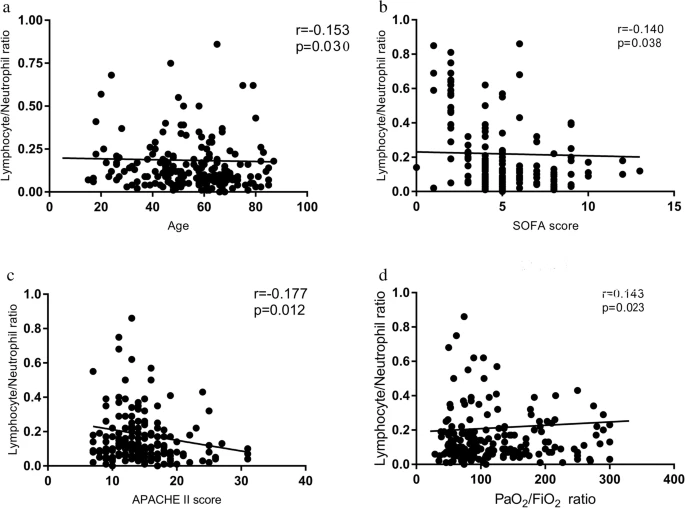Key Points
 |
| Network Graphs of Studies Included in the Analysis of Atopic Dermatitis Treatment Between 8 and 16 Weeks |
Question What is the relative effectiveness of systemic treatments for patients with atopic dermatitis?
Findings This network meta-analysis of 39 randomized clinical trials including 6360 patients found that dupilumab and cyclosporine were similarly effective for adult patients with atopic dermatitis for up to 16 weeks of treatment and were more effective than methotrexate and azathioprine.
Meaning Cyclosporine and dupilumab may have better short-term effectiveness than methotrexate and azathioprine for patients with atopic dermatitis; this analysis will be updated to add evidence as new medications are approved.





